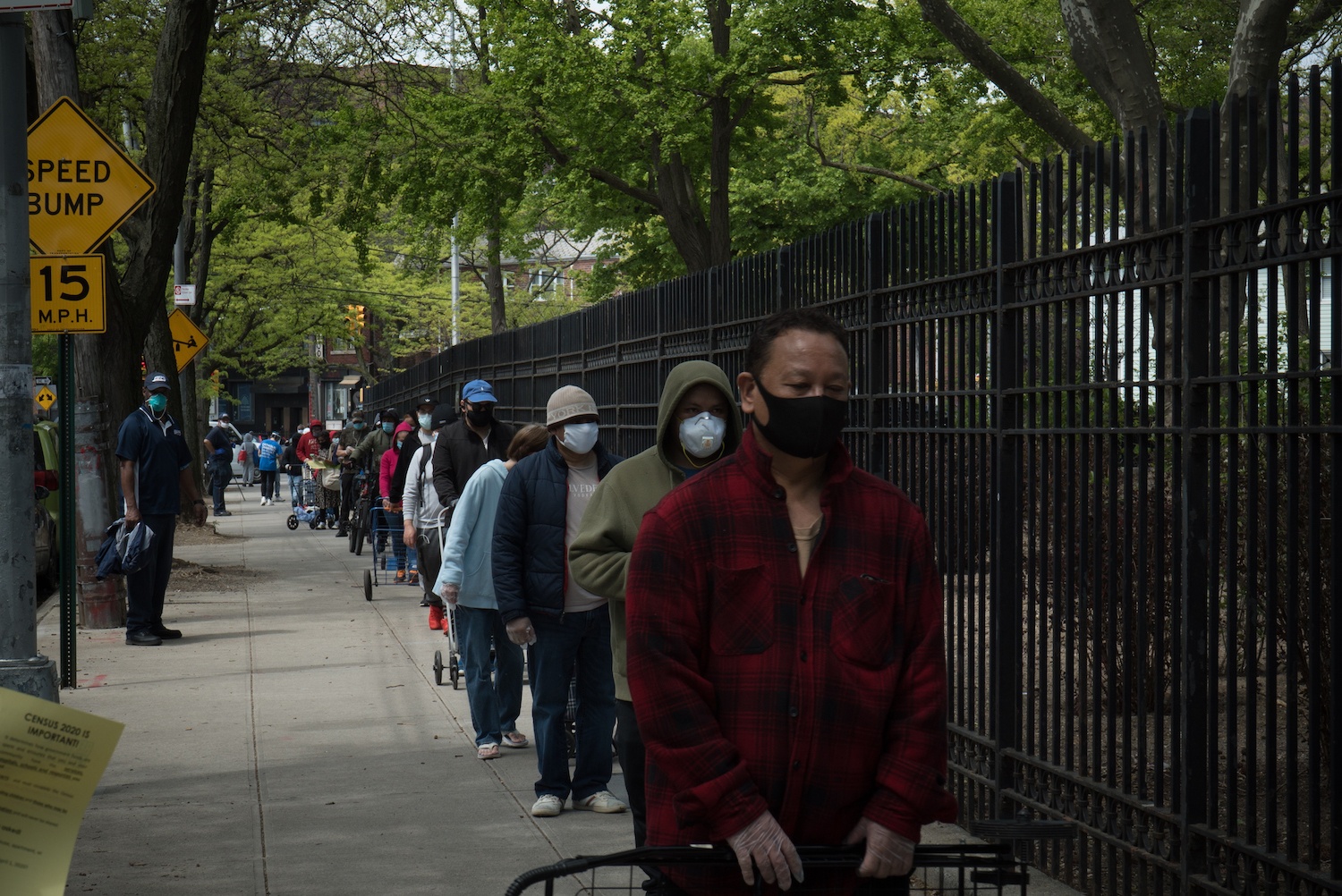People have always written about food, but food writing as a profession is a relatively new—and fraught—thing. As a genre, it opened up new storytelling possibilities.
I often talk with our senior editor Cynthia Greenlee about how “food writing” continues to be one of the most pretentious and exclusive forms of media–one that can feel impossible for marginalized writers to break into. But yet here we are, technically food writers—a sort of cringey label akin to “foodie.” In a piece for T magazine, writer Ligaya Mishan breaks down the history of food writing, reminding us that people have always written about food. The ancient Greeks did—often in punchy, ridiculous prose that recalls today’s social media—and the term “food writer” did not even enter the American lexicon until the 1930s. Then, food corporations lured shoppers by cleverly publishing advertising in the form of recipe-filled pamphlets. The writers behind these works were often women who doubled as homemakers. It’s fascinating to think of the trajectory of food writing. Once relegated to the “women’s pages,” the genre has experienced a meteoric and brotastic rise. At the center of Mishan’s piece is a question: What are we really writing about when we write about food? As she noted, many readers believe food should not be political. They frown upon those of us who see it as an opportunity to probe issues such as class struggle, labor exploitation, or climate change. We can’t imagine that’s any of you, though. —Tina Vasquez





